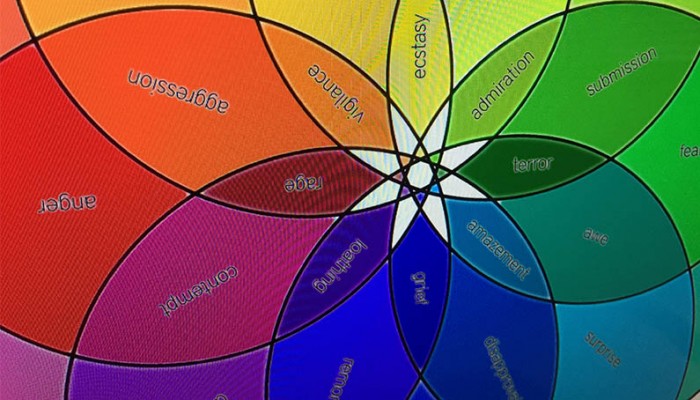Avoiding these common mistakes can help keep your brand out of the Hall of Shame
They may seem ...

Flip through a handful of farm magazines and you’ll notice much of the advertising skews toward feature-benefit messaging, fact-filled headlines and bullet points. Some advertising does ladder up to emotional-benefit messaging. Those that do, seem to limit the appeal to a farmer’s pride, peace of mind or confidence.
How can a farmer differentiate, much less prefer, one brand from another when it’s not effectively differentiated from its competitors, i.e. when its emotional promise is the same as nearly everyone else’s? Ag brands can gain competitive advantage – even in crowded categories like herbicides or cattle vaccines – when they explore emotional white space.
How many emotions can ag marketers really leverage?
If you Google “total number of human emotions,” you’ll get 101,000 results with a wide range of theories and charts showing the number of emotions. There is little agreement among the psychology community as to the total number of human emotions, but there are similarities about how they are expressed. The marketing community is less focused on the number of emotions and more interested in using those emotions to create connections. Marketers seek the competitive advantage, so they are in search of strong, enduring brand relationships, and those are built on emotional connections.
The emotionality of marketing is often focused on product features and benefits, which aren’t as motivating as some think. When marketing to farmers, it’s the emotional connections that are vital. Their decisions are 90 percent emotional and 10 percent rational. Yet most ag marketing with emotional triggers seems to float the sea of emotional sameness. This leaves a lot of emotional white space for ag brands to explore.
What does emotional white space look like with farmers?
Ideally, we want to stimulate positive emotions, but offering solutions to avoid negative emotions can be effective too. An herbicide brand and a farmer can bond over their mutual contempt for weeds. Any brand in the business of genetics – whether crop or livestock – may gain a huge competitive advantage by tapping into anticipation or optimism rather than merely presenting productivity and profit data. Choosing a particular crop insurance may help a farmer avoid the disapproval of his or her ag lender.
Ag marketers can tap into 30 or 40 emotions depending upon your preferred theory – or even hundreds if you ascribe credibility to emojis. Look to psychologist Robert Plutchik and his wheel of emotions, which identifies eight basic emotions – joy, sadness, trust, disgust, fear, anger, surprise, and anticipation – and 24 sub-emotions. Using this, marketers can learn how to connect beyond thought and ideology and drive consideration, purchase, loyalty and perhaps even advocacy by targeting what farmers are feeling as a result of their needs and experiences. We tend to approach business intellectually, but at their core, purchasing decisions are made from an inherently sentimental corner of the persona.
The value of emotion in marketing to farmers is irrefutable. Ag brands have the opportunity to find their unique, emotional white space. And then they can decide if they want to be in the sea of sameness of pride, confidence or peace of mind, or if they are brave enough to find their own white space.
They may seem ...
Every now and then someone will ask me, “How ...
© 2024 Rhea + Kaiser. All rights reserved.